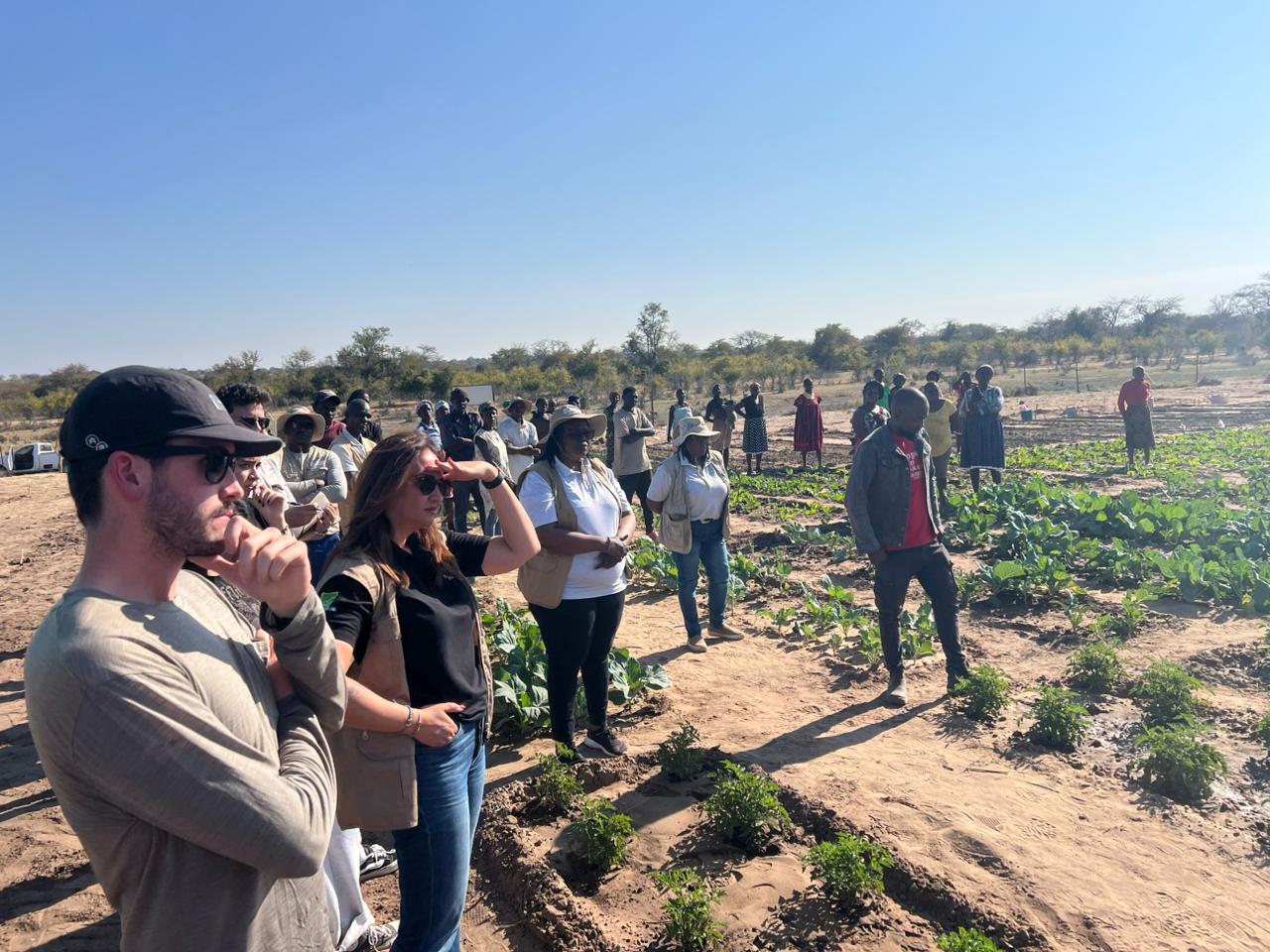
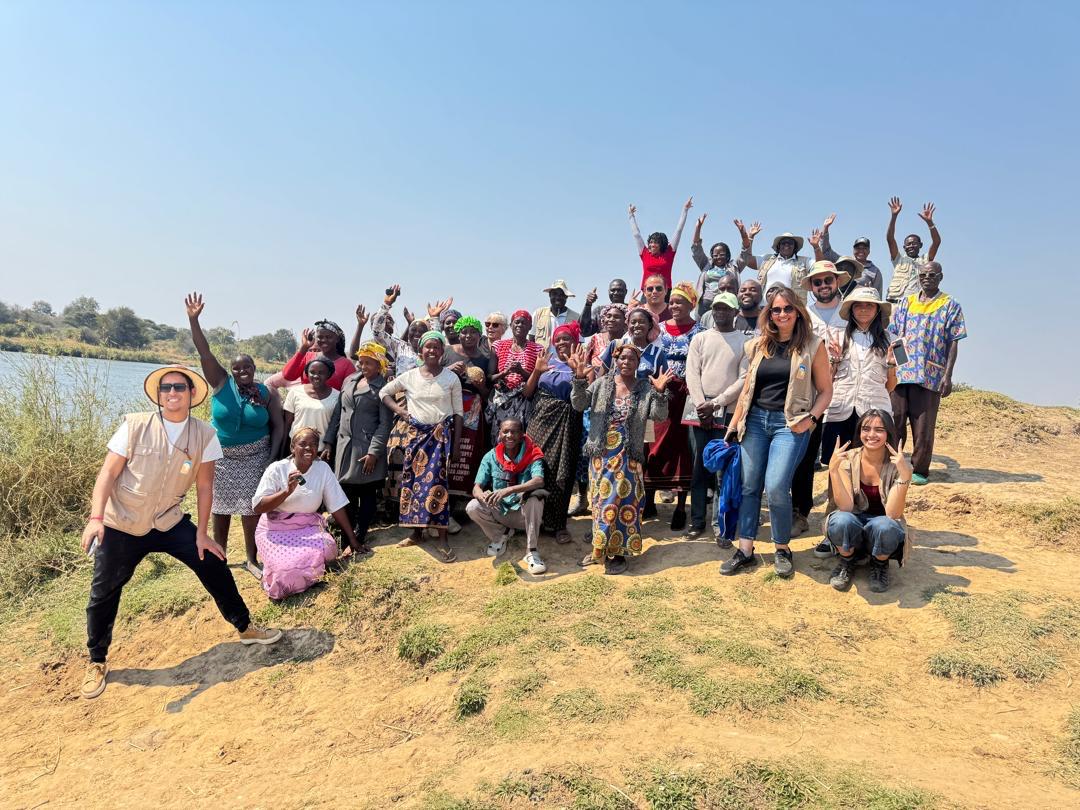
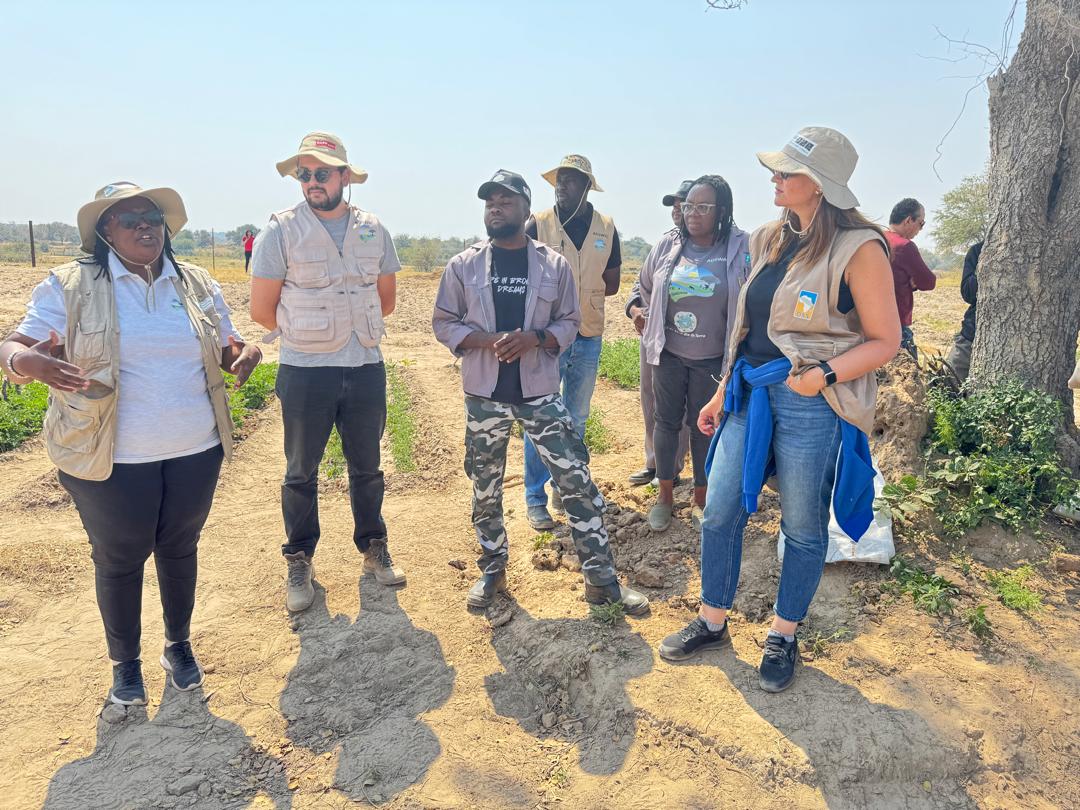
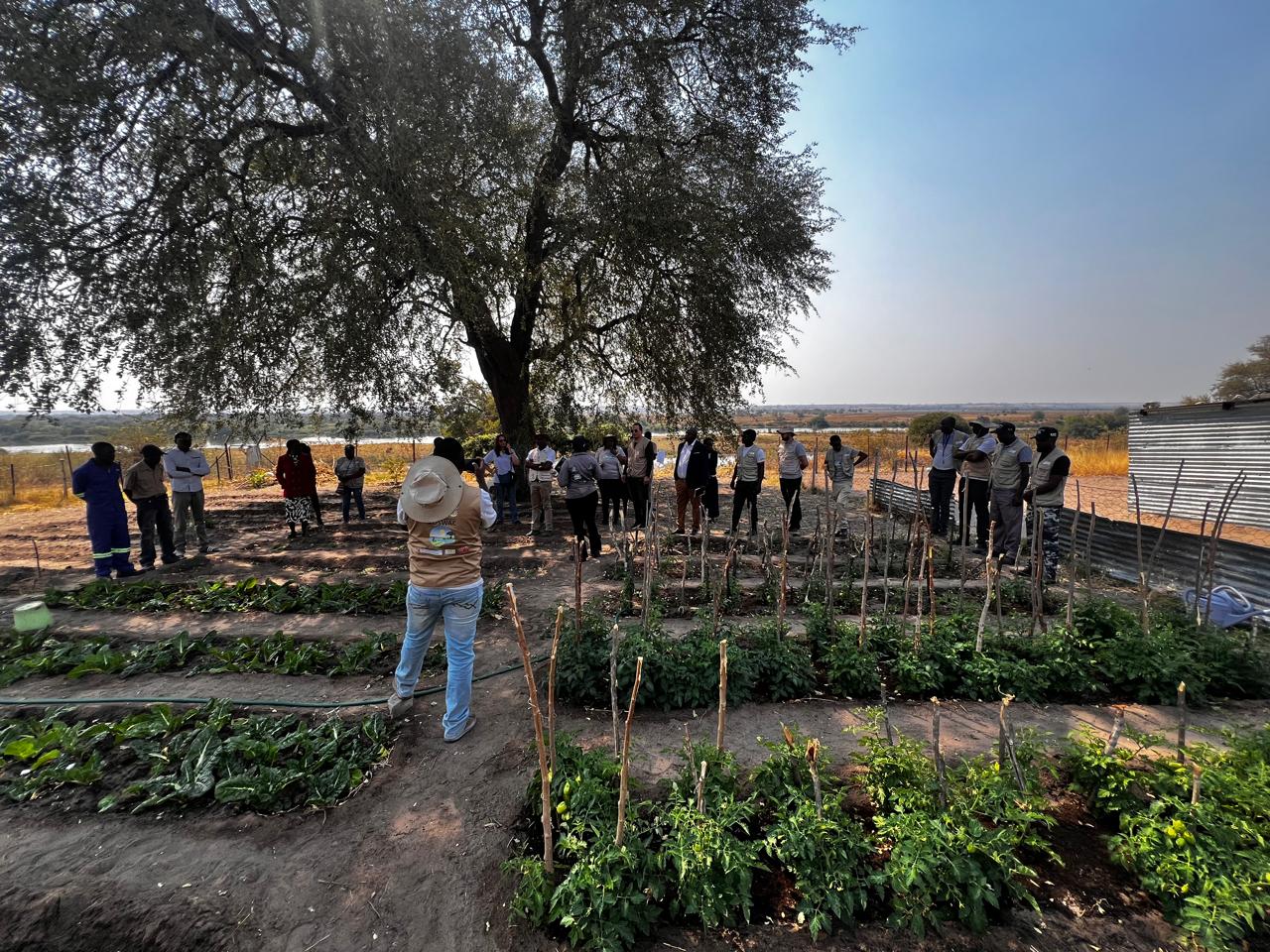
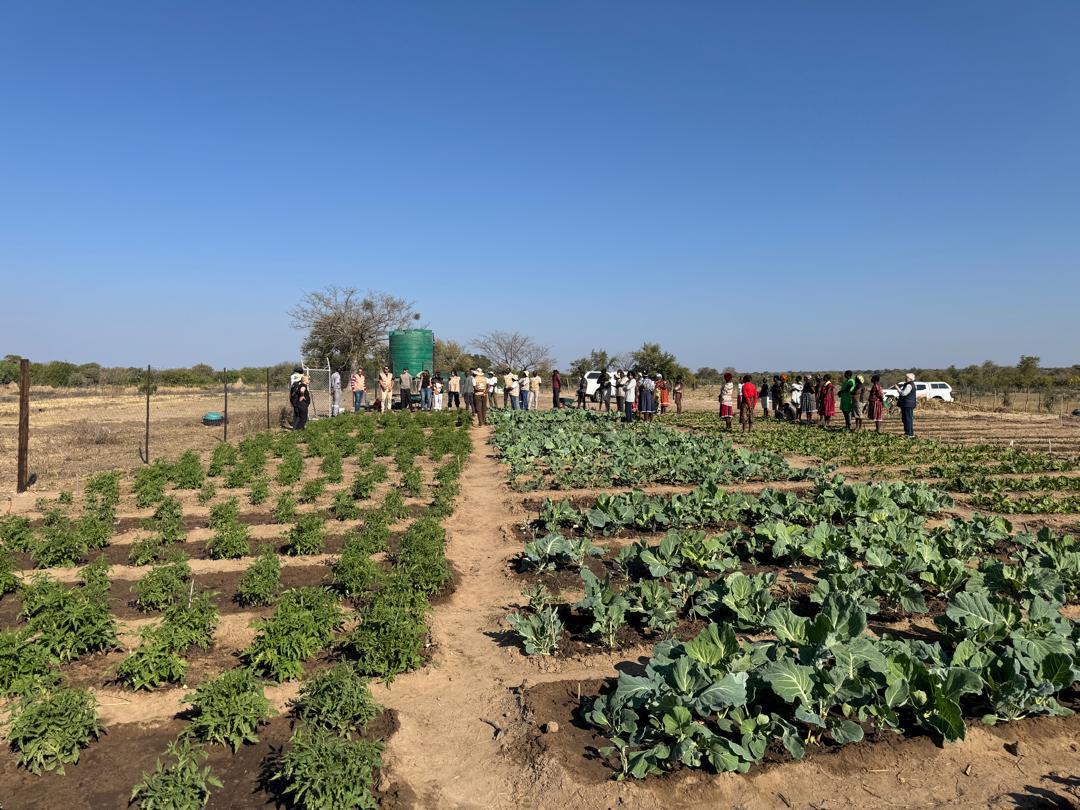
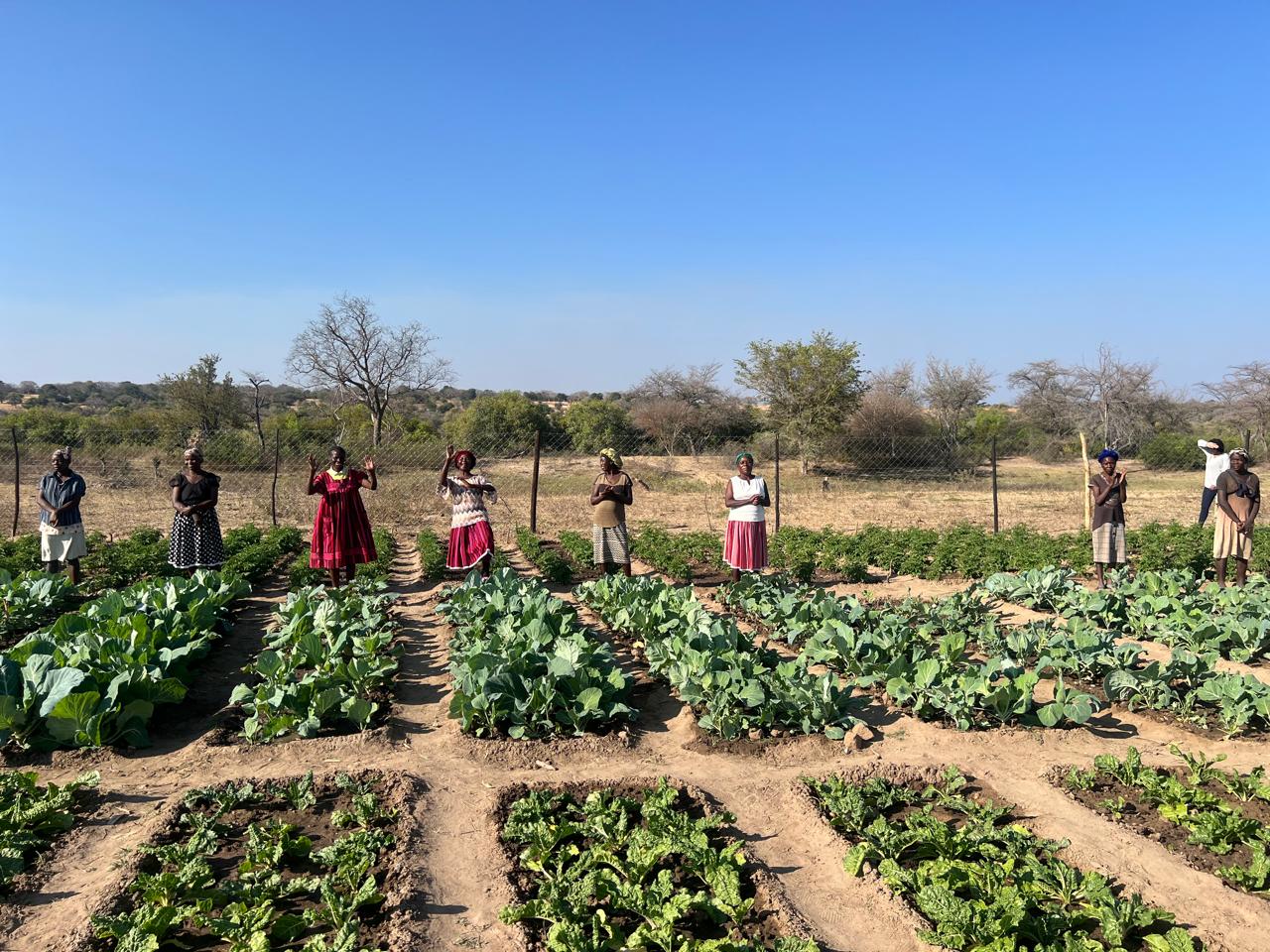
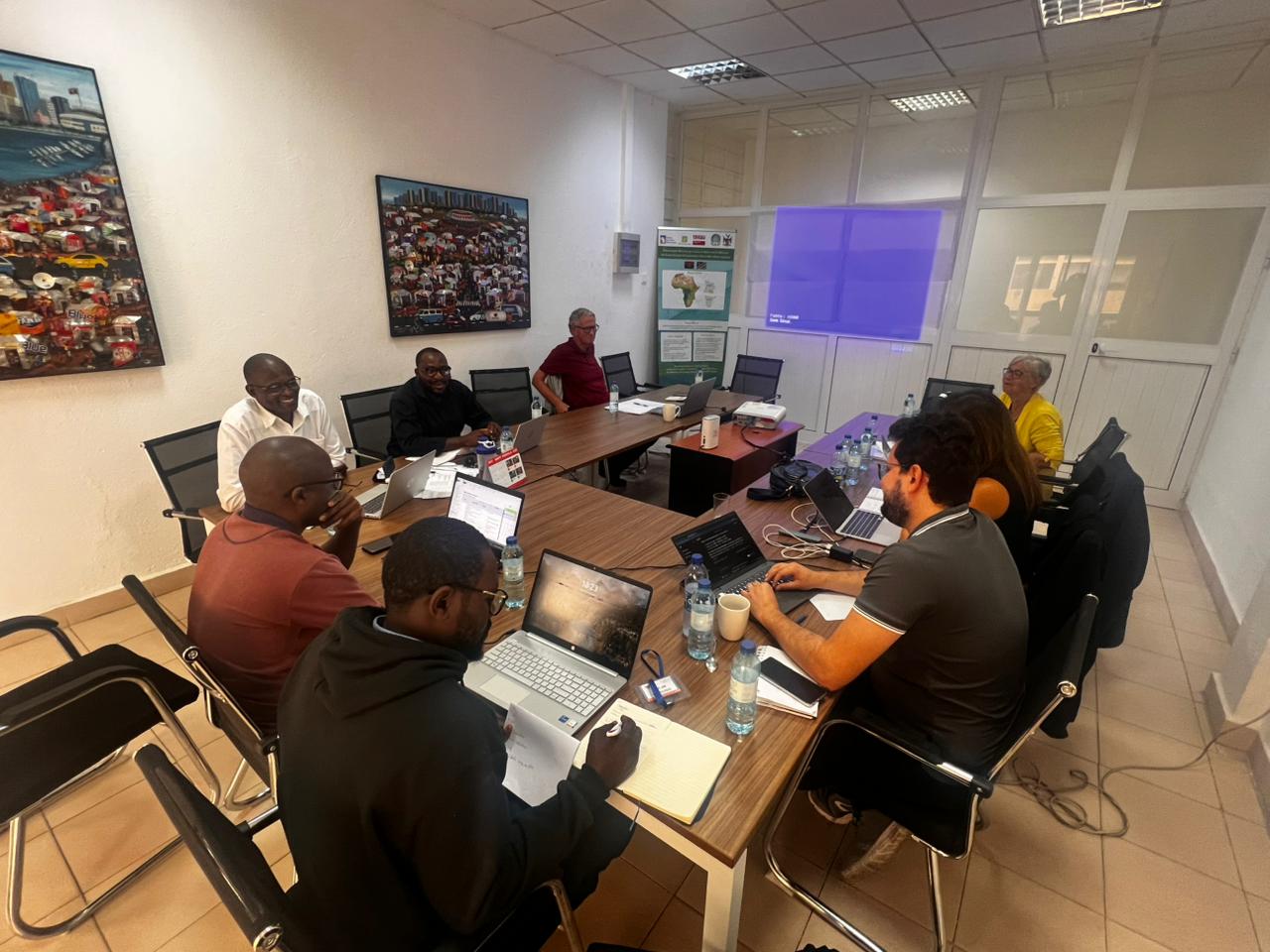
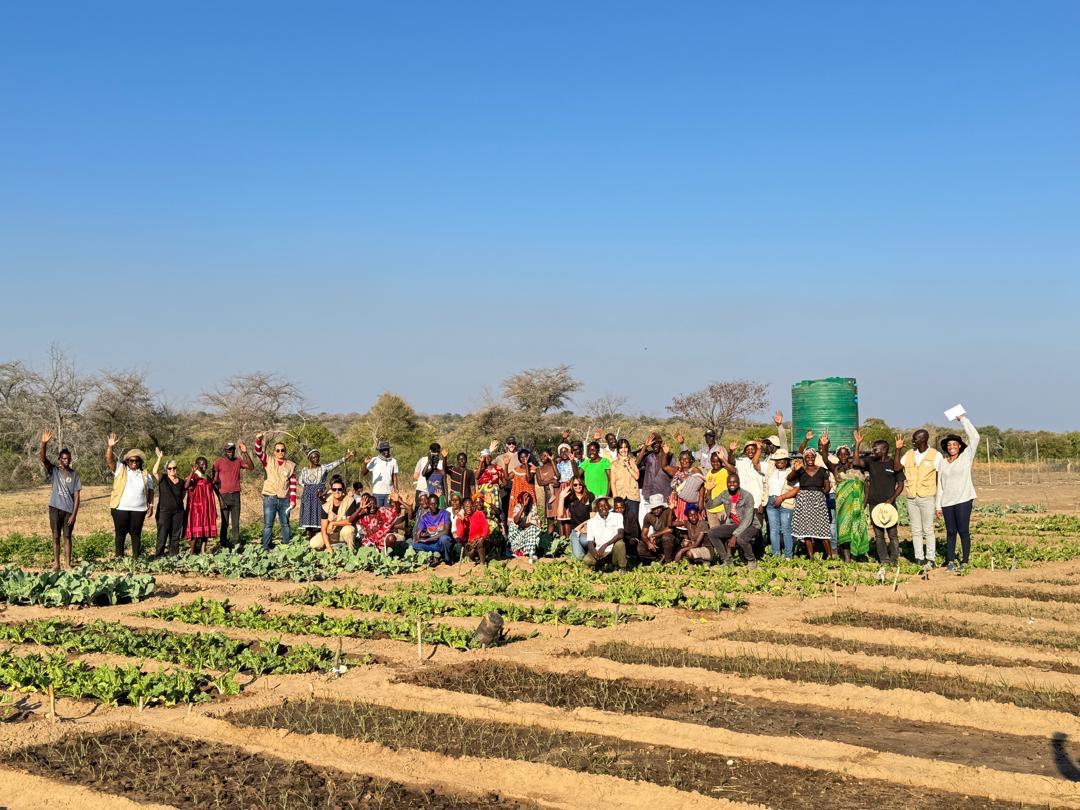
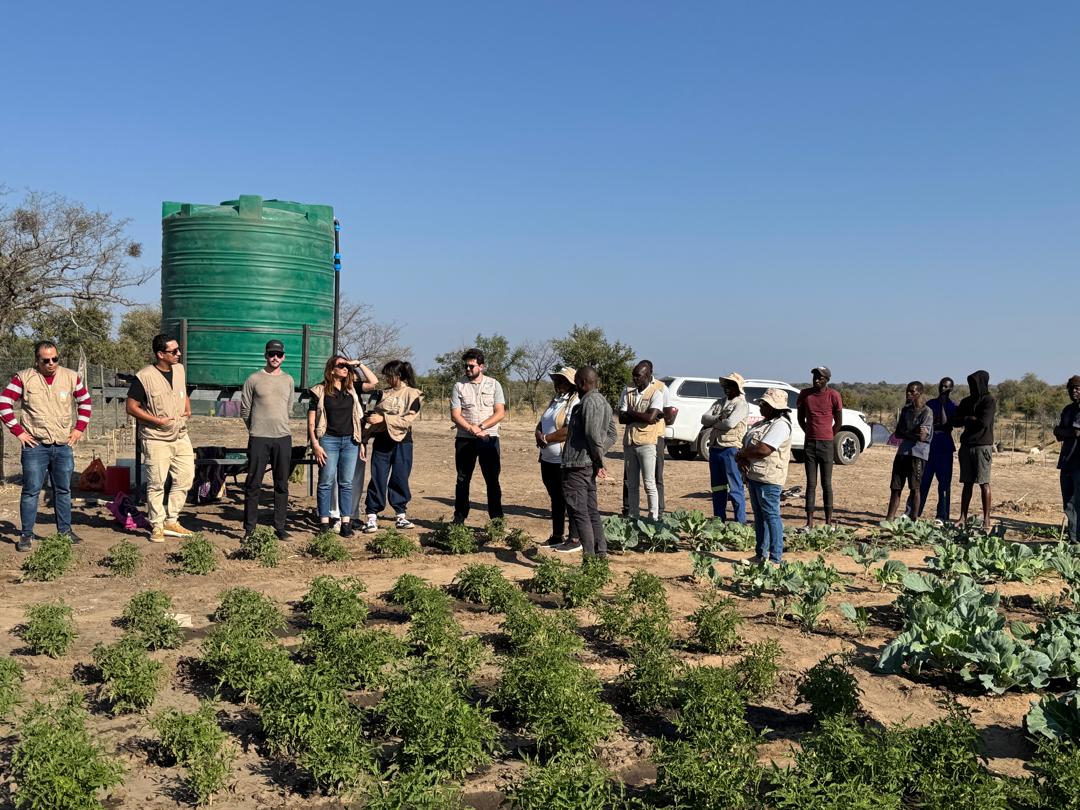
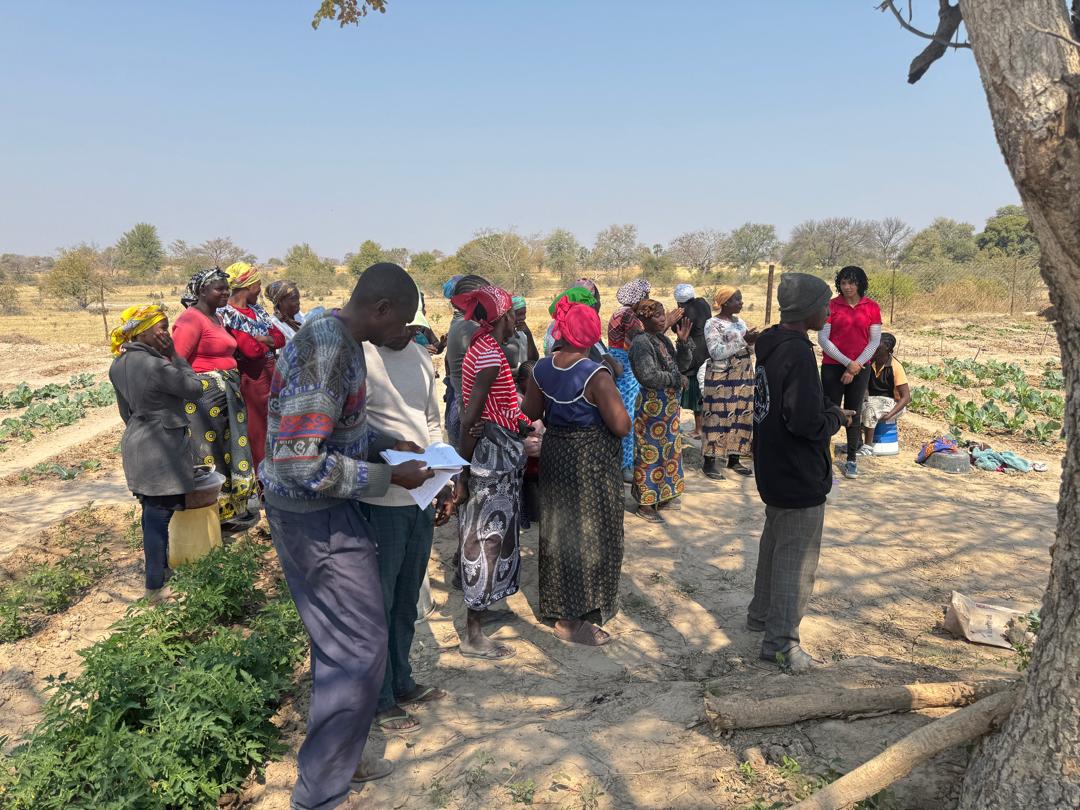
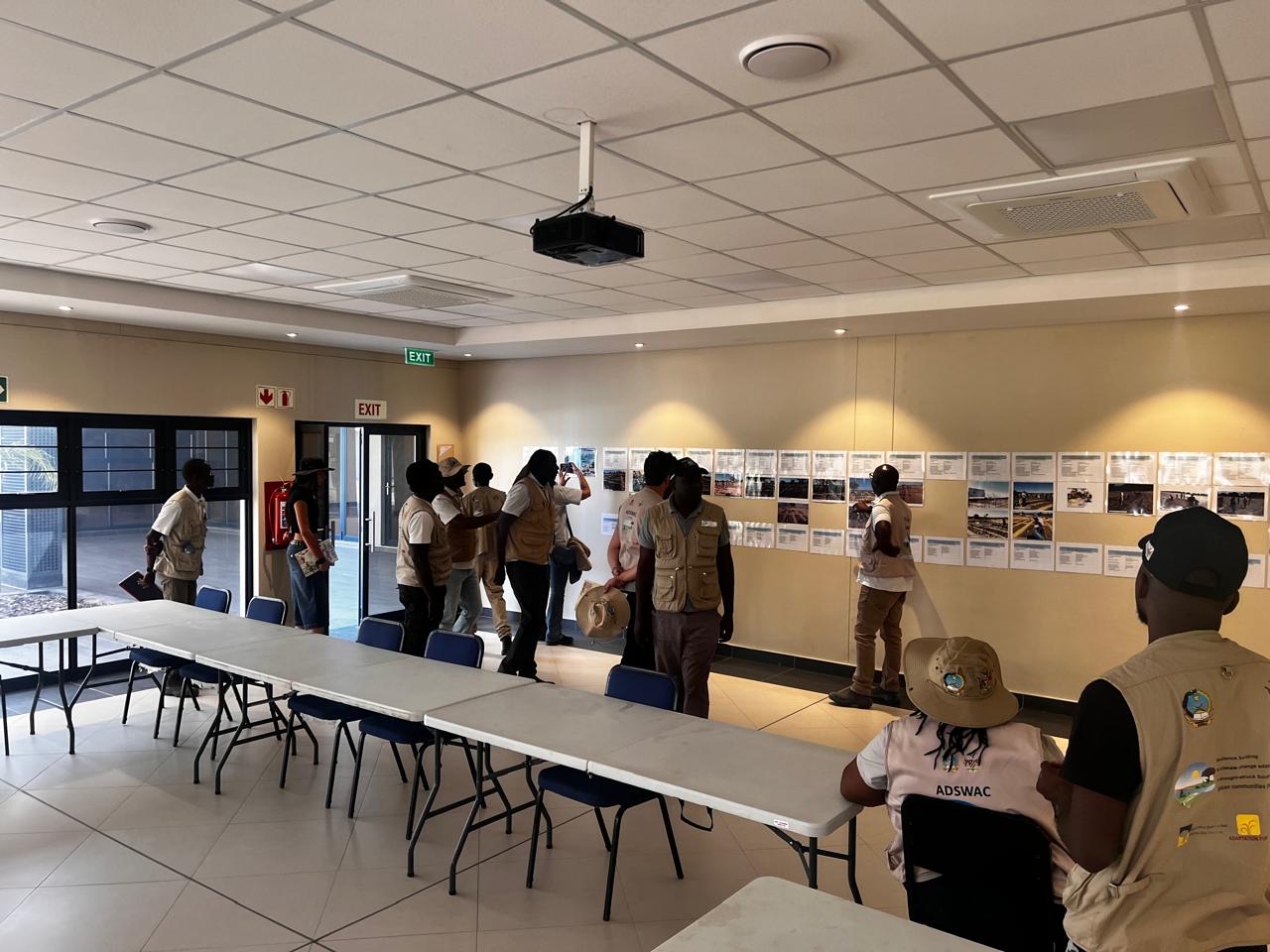
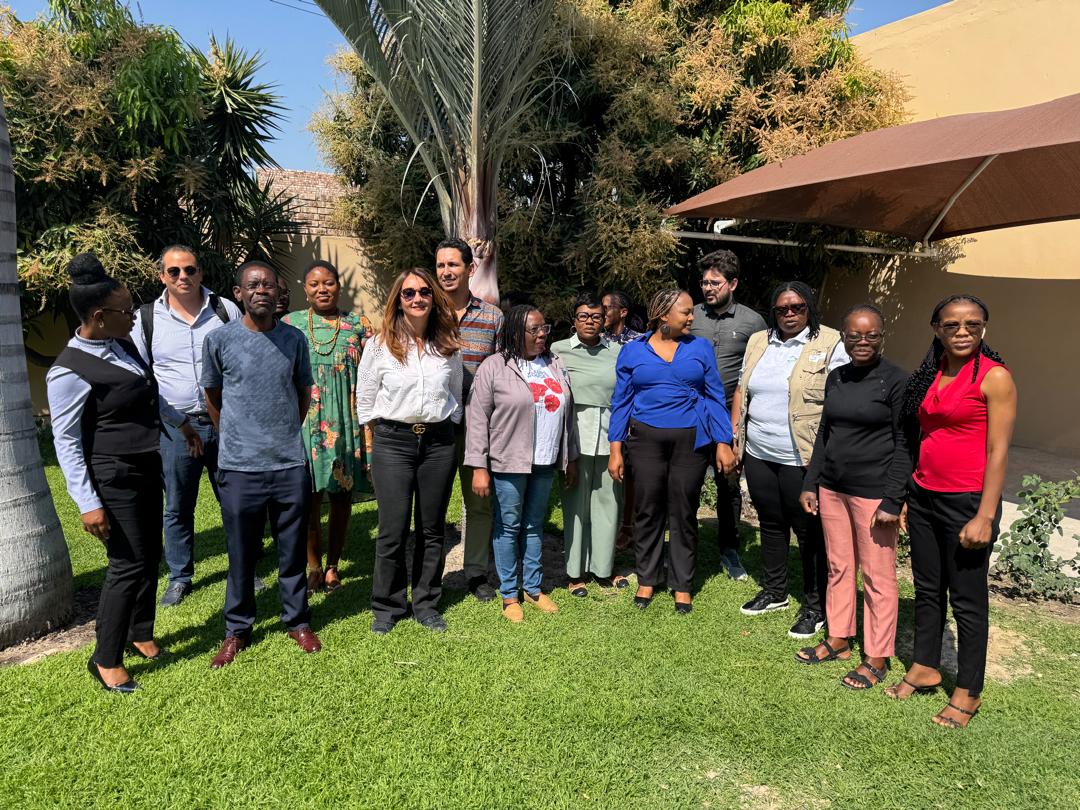
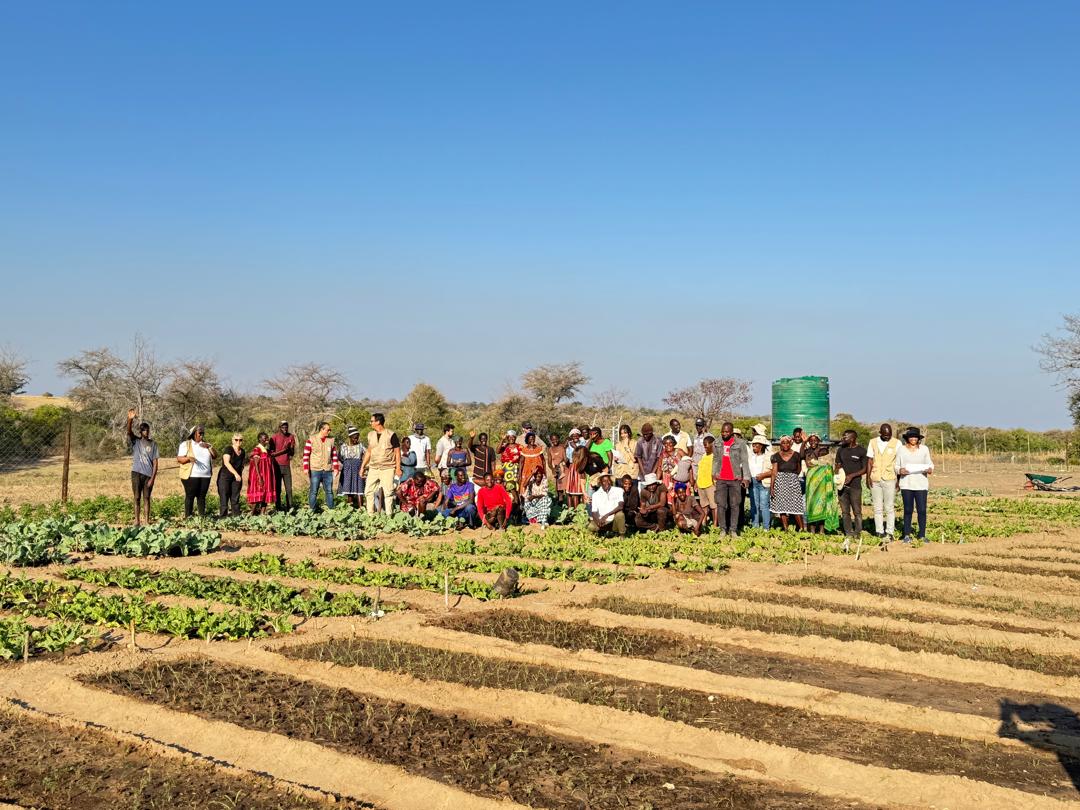
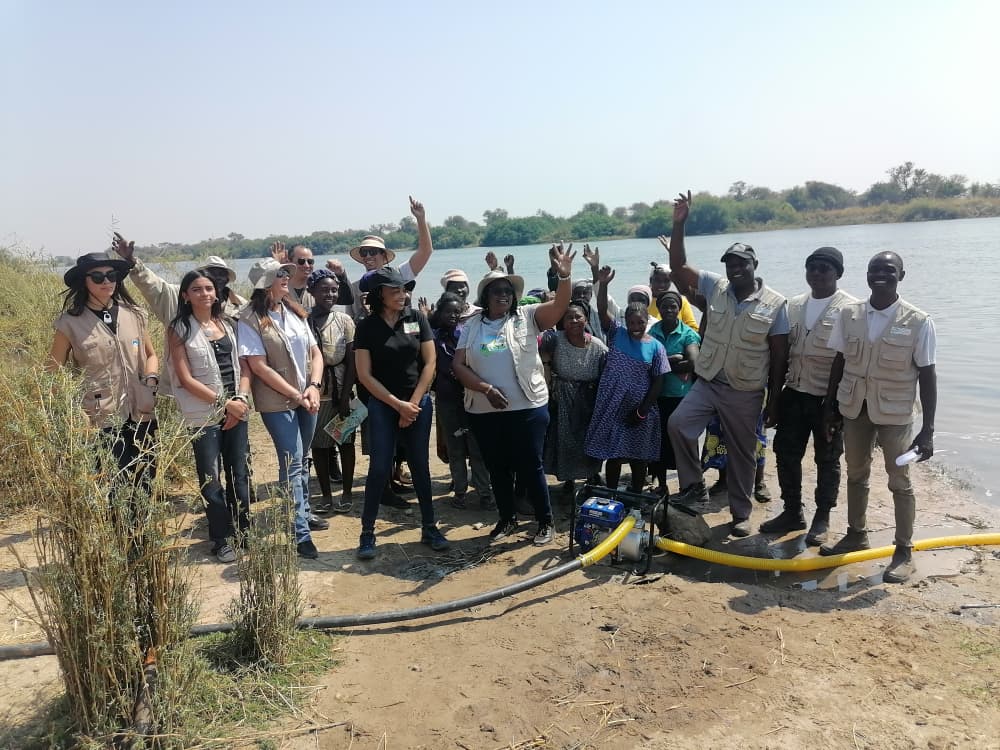

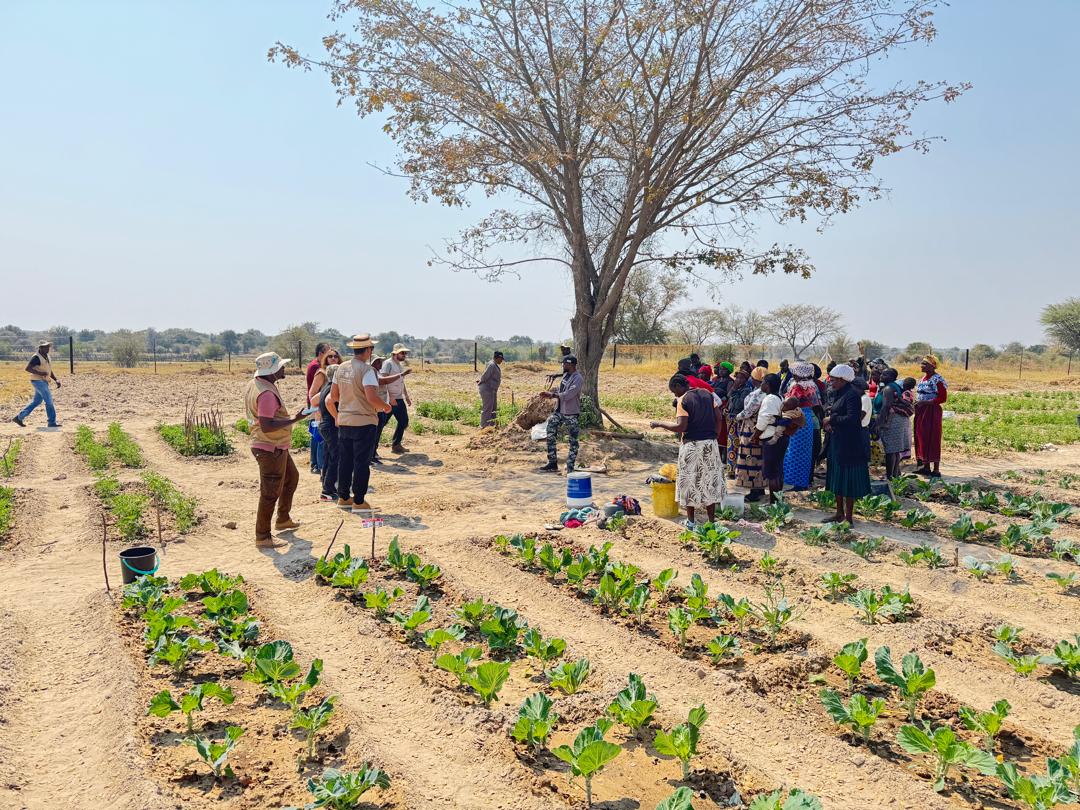
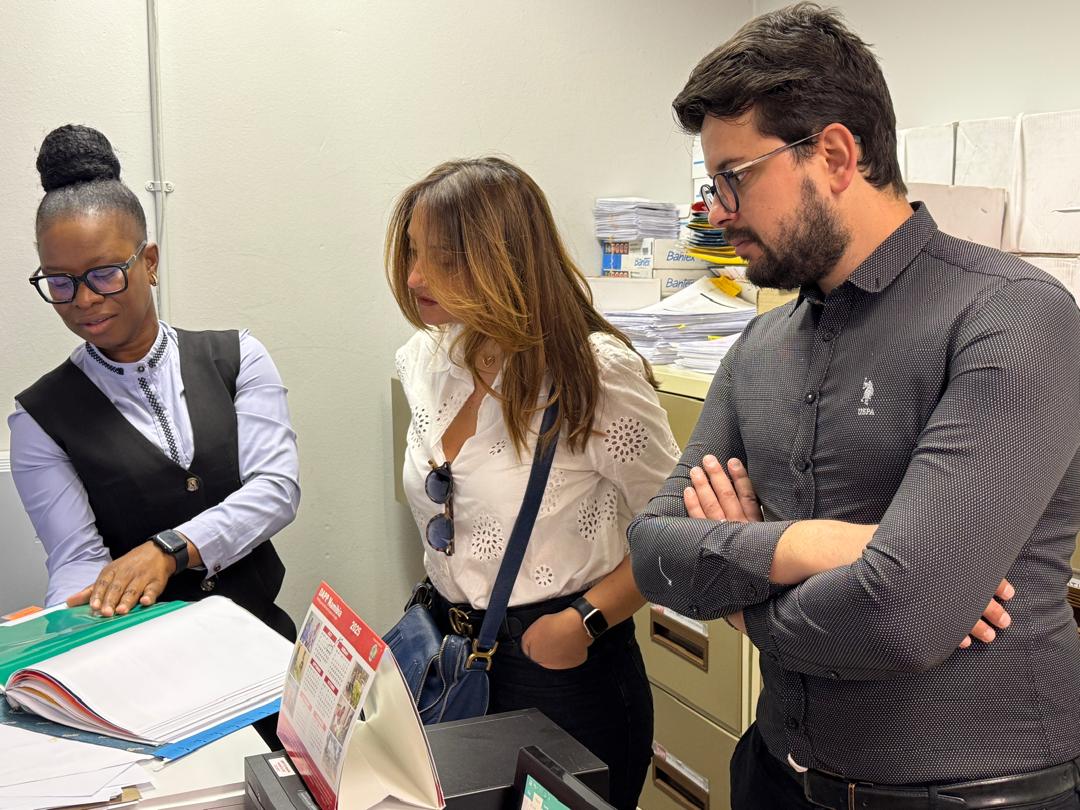

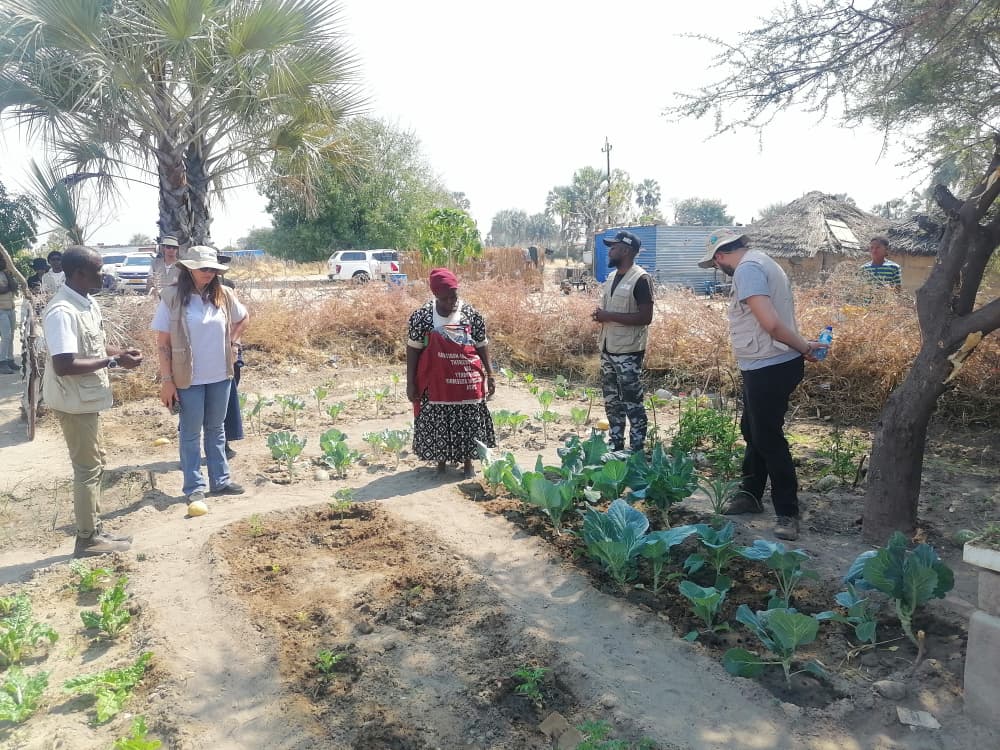

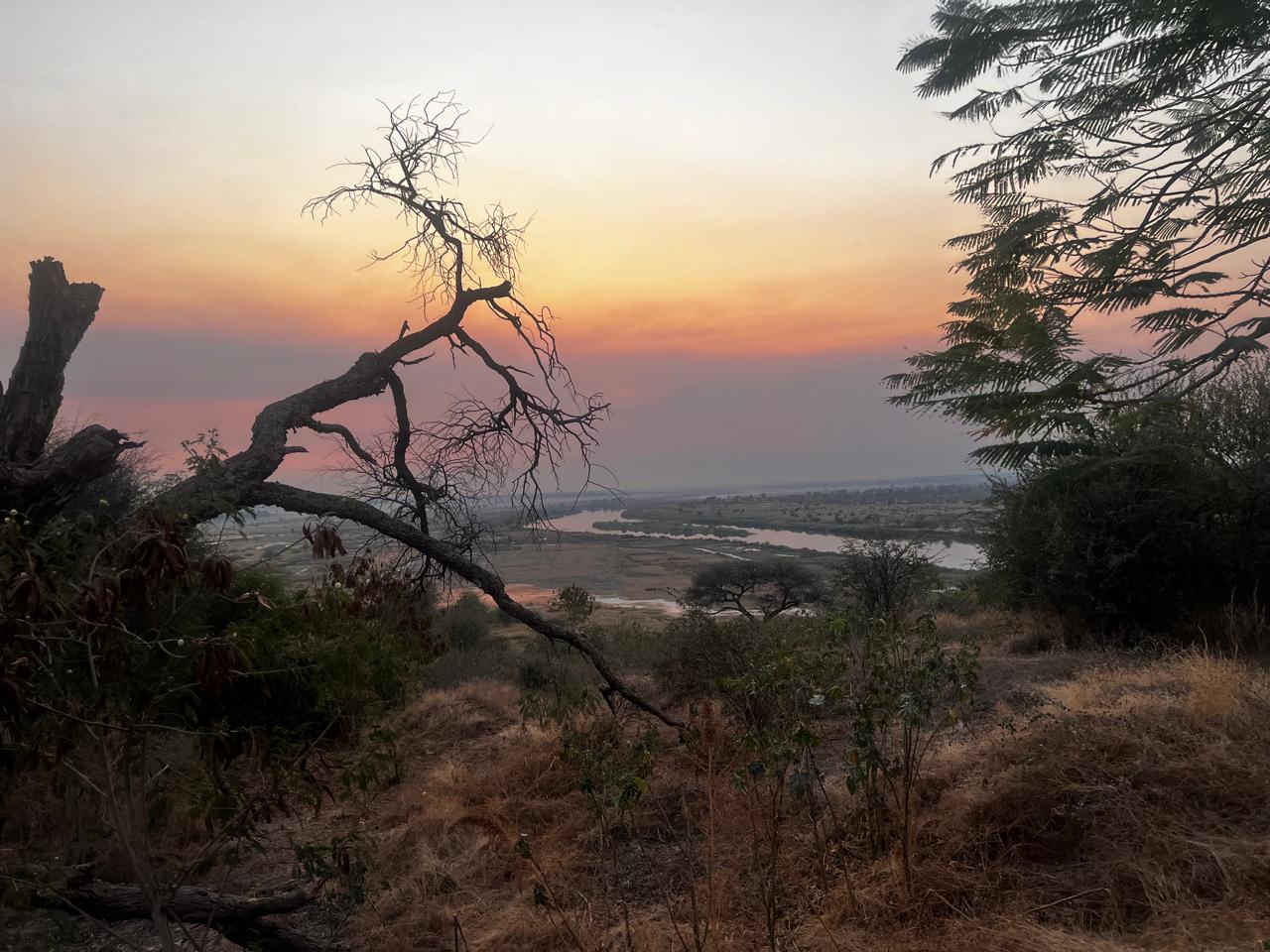
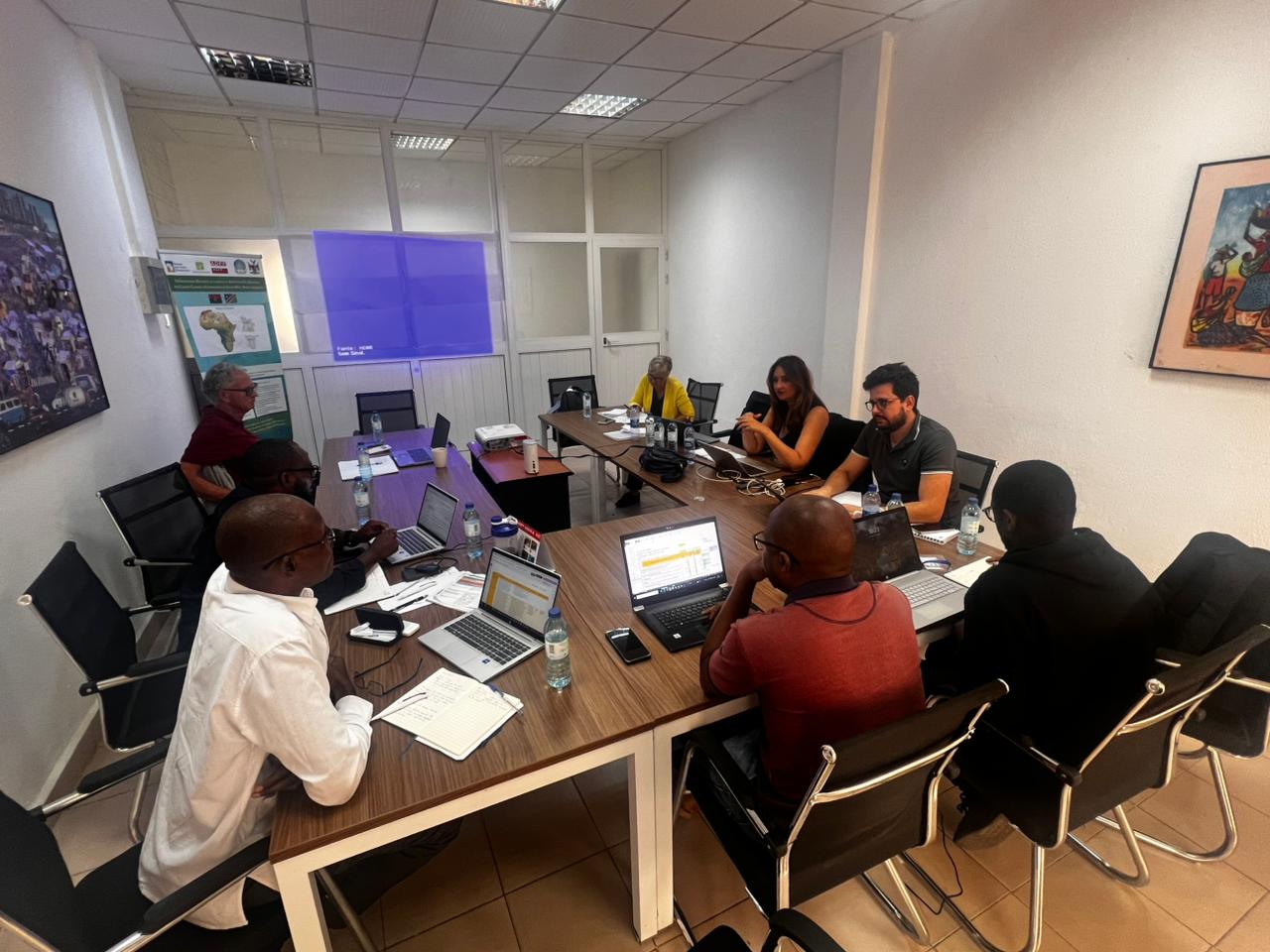
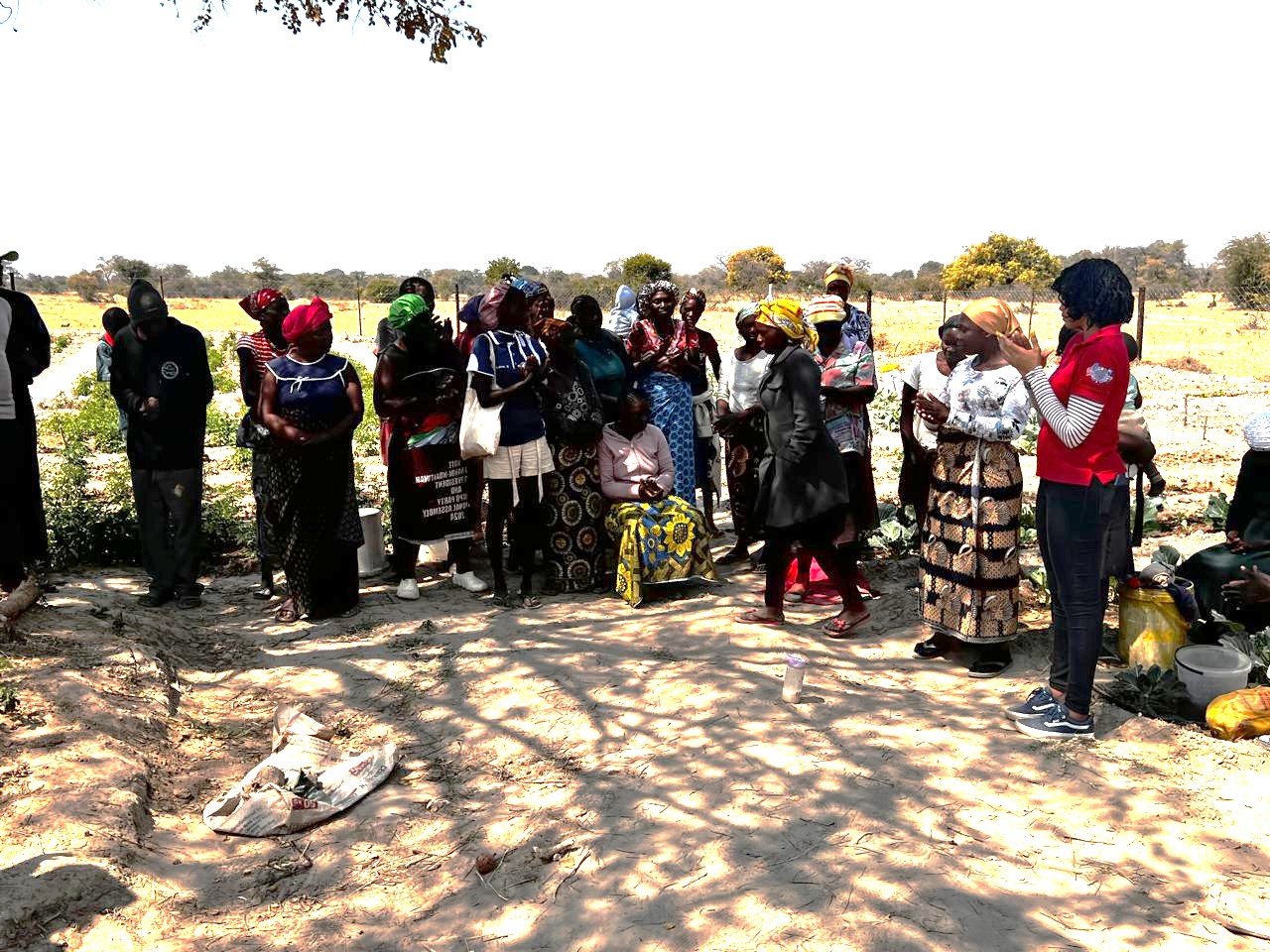
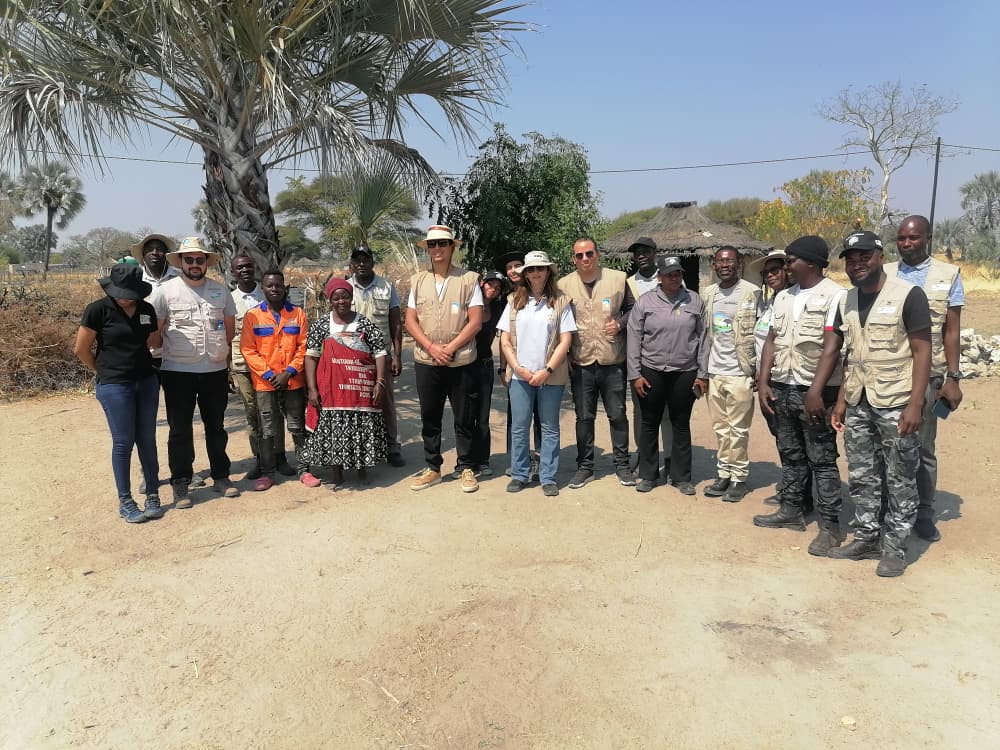
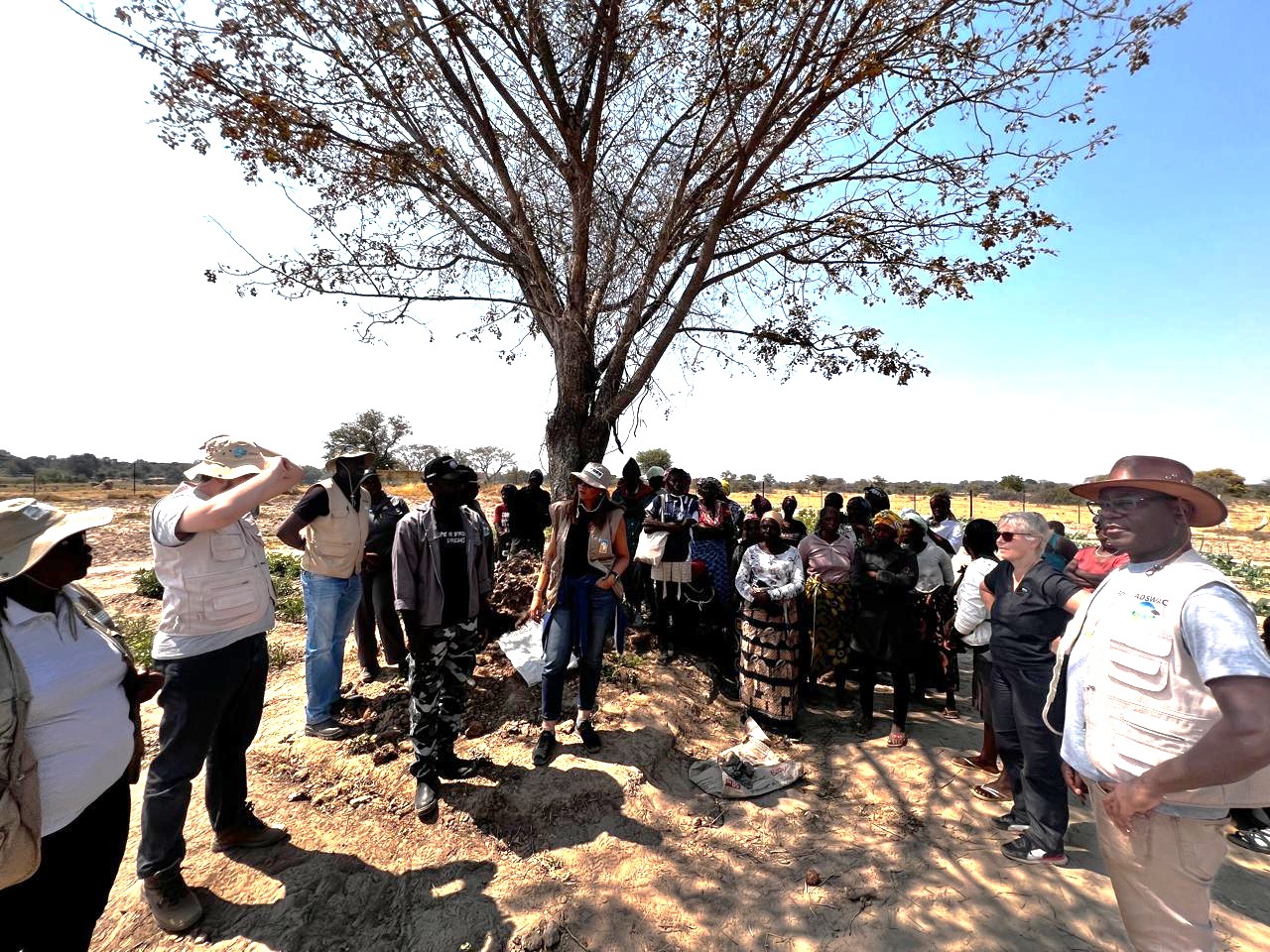
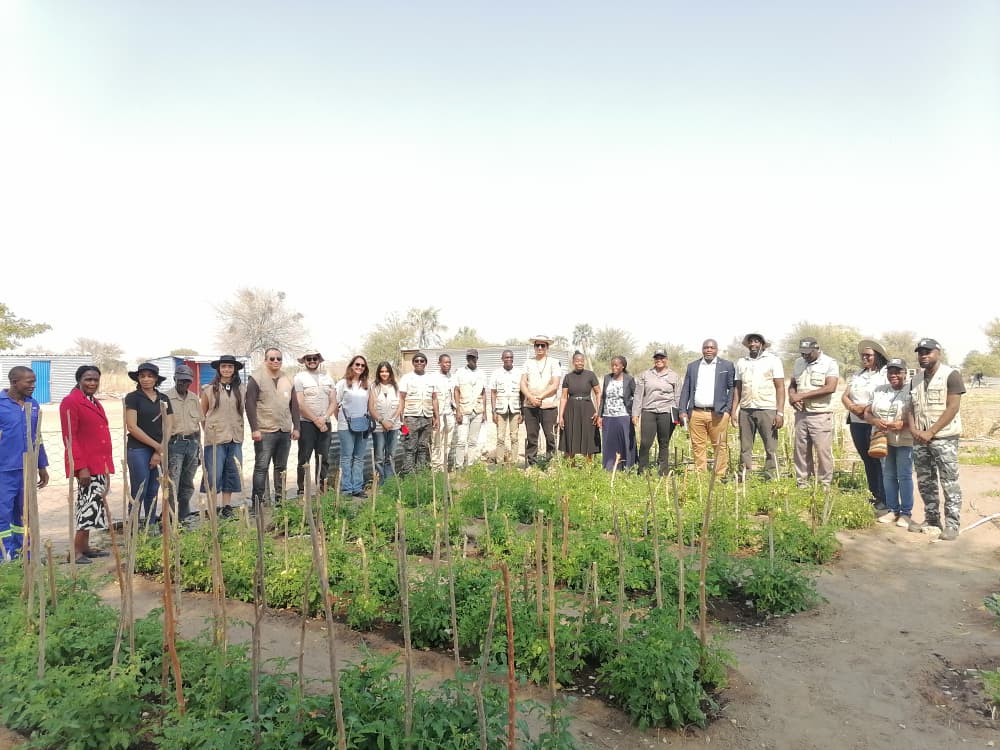
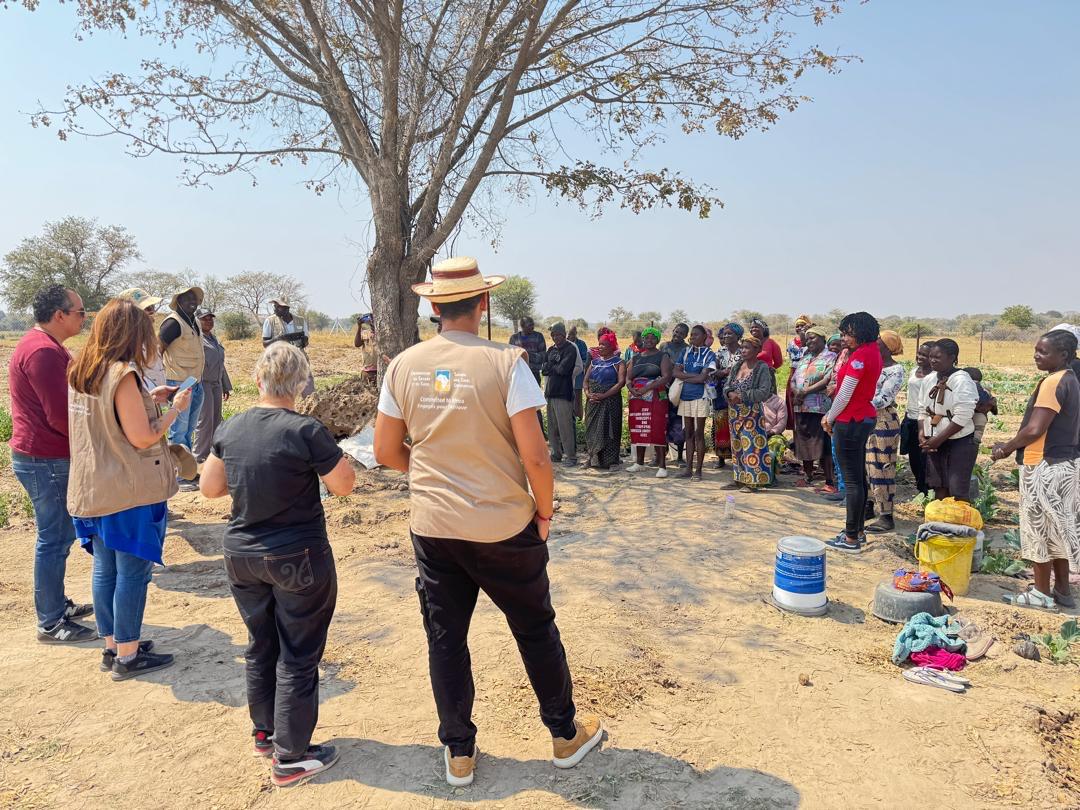
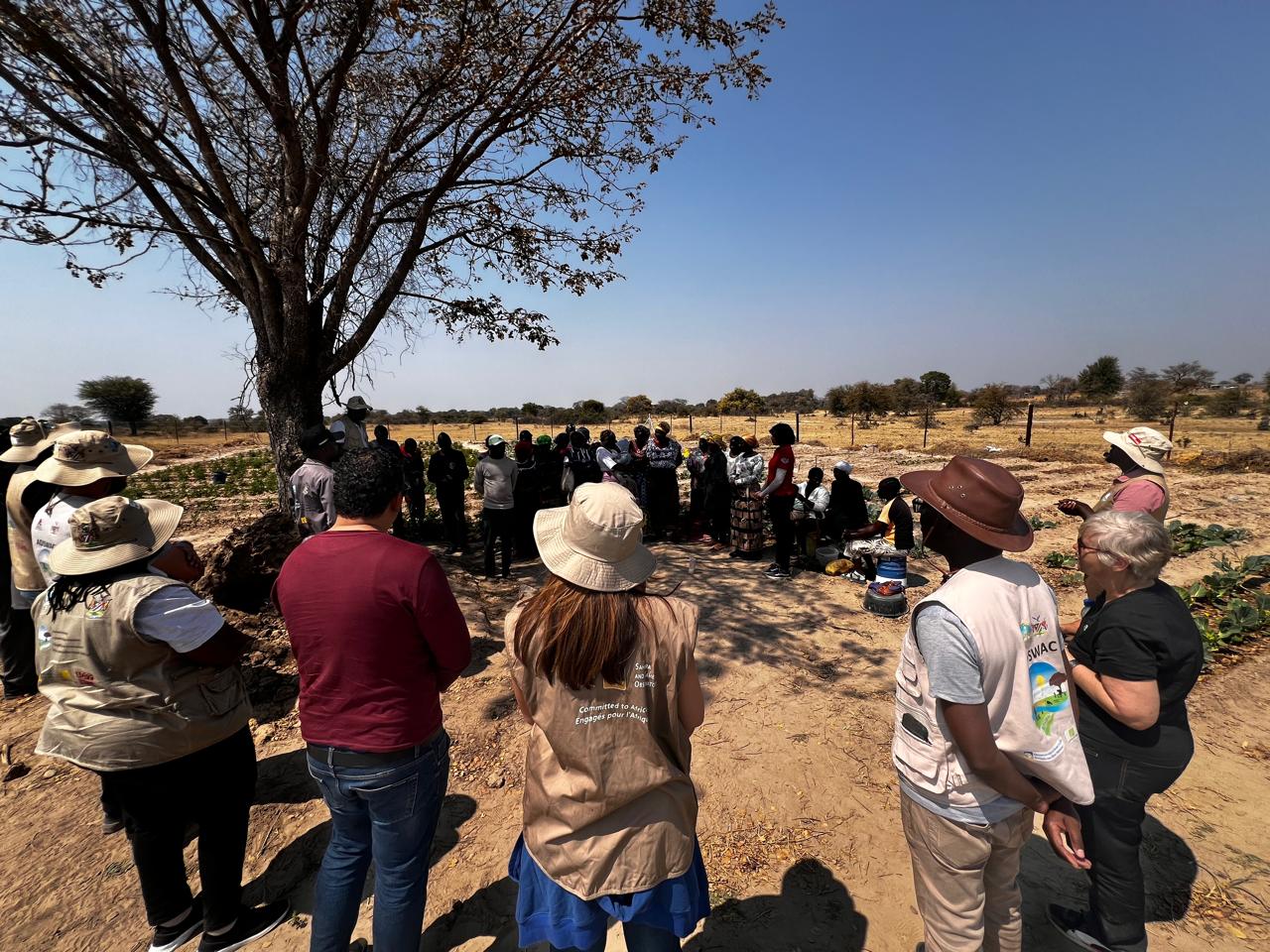
Angola, Namibia, August 11 to 22, 2025
The Sahara and Sahel Observatory undertook its third supervision mission from August 11 to 22, 2025, within the framework of ADSWAC, the transboundary project implemented in the Okavango region between Angola and Namibia. Funded by the Adaptation Fund, this initiative aims to strengthen the resilience of thousands of households facing extreme vulnerability in a region of Southern Africa marked by drought and irregular rainfall, which undermine access to water, food security, and livelihoods.
At this stage of the project, 160 producer organizations and an equal number of water user associations have already been established and are operational. Communities are beginning to adopt resilient agricultural practices, and the first water management solutions are taking shape.The planning of the project’s fourth year is expected to pave the way for more targeted actions, tailored to the needs of the beneficiaries in Angola and Namibia.
This mission was joined by Mr. Nicolas Tremblay, representative of the Government of Canada, whose participation, as a partner of projects supported by the Adaptation Fund, reflected international solidarity and underscored the importance of cooperation in transforming climate finance into concrete and beneficial actions on the ground.
The OSS delegation, led by Ms. Khaoula Jaoui, Coordinator of Technical Programs and Climate Department Director, also included Mr. Aziz Belhamra, Head of the Project Implementation Division, Mr. Haithem Rejeb, Project Manager, and Mr. Zied Sediri, Financial Expert. The mission began in Luanda with a high-level meeting at the Ministry of Environment, followed by technical sessions with experts from ADPP Angola. These exchanges provided an overview of achievements, identified challenges, and reaffirmed the need to maintain close alignment with national priorities.
The second stage of the mission took place in the Kavango West and East regions of Namibia, where the delegation observed significant progress. Remarkable advances were achieved, and Producer Organizations were established within the communities of Nambi, Rugcuva, and Kambumbu, and are starting to organize collective agricultural practices, mobilize land, and prepare for climate-resilient production. Water User Associations, such as the one in Kakoro, are opening new perspectives for access to water for production purposes. At the same time, the Climate Change Adaptation Centers, namely the one in Rupara, have established themselves as true spaces for training and knowledge-sharing. 40 Schools, engaged through the Green Schools Program, are playing a crucial role despite persistent challenges related to the lack of tools, water shortages, and pests management.
The working sessions provided an opportunity to review the project’s technical and financial aspects, address certain gaps, and prepare for the mid-term review. The mission highlighted strong community mobilization, sustained political support, and the constant commitment of field teams. However, it also recalled the urgency of accelerating implementation, particularly to complete the CCAC infrastructure, strengthen transparency, and expand strategic partnerships.
By taking part in the mission, Canada reaffirmed the international community’s collective responsibility: to ensure that climate finance produces concrete, lasting benefits for vulnerable populations. Looking ahead, the OSS and its partners face the dual challenge of consolidating the progress already made and overcoming the obstacles that remain in order to transform ADSWAC into a driving force for adaptation, resilience, and hope for the communities of Angola and Namibia.